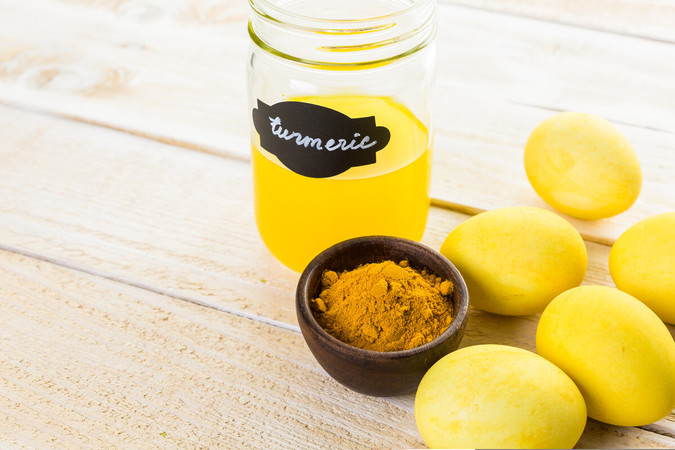From deep blues to cheery yellows, there’s hardly a color that can’t be made with natural, plant-based dyes. If you’re dying eggs this spring, before ordering food coloring, consider looking through the pantry for old onion skins, turmeric, blueberries, and more that you may have one hand! Here is how to use at-home ingredients for coloring eggs with plant-based dyes.
First, consider the type of egg that you would like to use. White eggs will often create lighter, brighter colors. Brown eggs usually produce deeper, richer colors. Try a combination of both to get a range of colors!
Next, add 2 cups of water to a small pot with a lid. Bring to a simmer for up to 30 minutes with roughly 2 cups of your chosen ingredient. For reds and oranges, pick shredded beets or red onion skins. Yellow onion skins will create an orange to red color, depending on the type of egg. Purple cabbage will produce blue to green colors, while dried hibiscus will create dark purple and blue eggs. For bright yellow, use ¼ cup ground turmeric.
Once your mixture is done simmering, take it off the stove and strain the liquid into a glass jar. Mix in 1 tablespoon of white vinegar per cup of strained dye. Once mixed, add hard-boiled eggs to the jar and refrigerate! Check the eggs after a few hours or leave overnight to soak up as much dye as possible.
If you’d like your eggs darker and more vibrant, dry off the eggs and repeat the dying process a couple more times until the desired color is reached. Use are beautifully colored eggs to decorate for Easter or the spring season – or even just as a snack, as plant-based dyed hard-boiled eggs are safe to eat!



